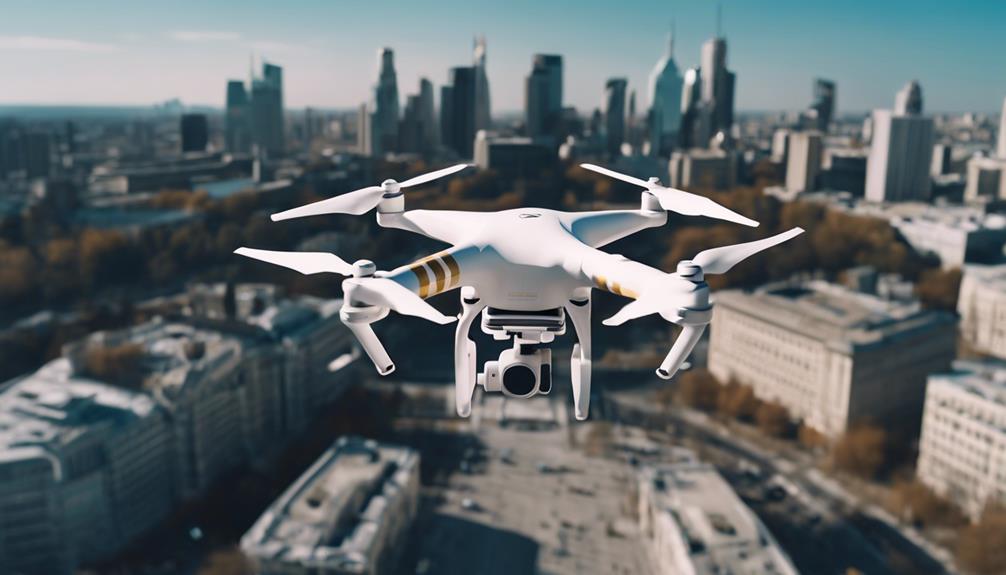Gadget cartoons, a unique intersection of technology and humor, have captivated audiences for decades. These animated series often feature whimsical devices and futuristic inventions, providing both entertainment and a commentary on societal trends surrounding technology. This article delves into the history, themes, and impact of gadget cartoons, illustrating how they reflect our relationship with technology through engaging narratives and relatable characters.
History of Gadget Cartoons
The roots of gadget cartoons can be traced back to the early 20th century, when animation began to flourish. The advent of television in the 1950s further propelled the popularity of animated series, allowing creators to explore innovative themes. Notable early examples include:Gadgetease Sawmill
- Tom and Jerry (1940): While not solely focused on gadgets, this classic cartoon utilized a variety of whimsical contraptions that added to the comedic chaos.
- The Jetsons (1962): This show epitomizes gadget cartoons, showcasing futuristic technology such as flying cars and robots, while also highlighting family dynamics.
- Inspector Gadget (1983): Featuring a bumbling detective equipped with an array of bizarre gadgets, this series became a hallmark of gadget-centric narrative.
Over the years, gadget cartoons have evolved, reflecting changes in technology and societal attitudes. As personal electronics and digital devices became ubiquitous, the themes of these cartoons began to shift, often satirizing contemporary tech culture.
Key Themes in Gadget Cartoons
Thematic exploration in gadget cartoons often revolves around the following concepts:
- Innovation vs. Oversaturation: Many cartoons critique the overwhelming amount of technology in our lives. For instance, shows like Futurama playfully mock the absurdities of a world cluttered with unnecessary gadgets.
- Human vs. Machine: A recurring theme is the relationship between humans and their inventions. WALL-E, though a film, effectively embodies this theme, showcasing a world overrun by technology at the expense of human interaction.
- Problem-Solving: Gadget cartoons often focus on problem-solving through innovation, highlighting the creative use of technology to overcome challenges, as seen in Phineas and Ferb.
Impact on Culture and Society
Gadget cartoons not only entertain but also shape perceptions of technology and its implications. They serve as a mirror reflecting societal attitudes towards innovation, efficiency, and even dependency on technology. Some of the impacts include:
- Promotion of STEM: Series like Dexter’s Laboratory have inspired generations of young viewers to pursue interests in science, technology, engineering, and mathematics (STEM).
- Critical Awareness: By exaggerating the quirks of technology, these cartoons foster critical thinking about the role and influence of gadgets in daily life.
- Social Commentary: Many gadget cartoons tackle issues such as privacy, consumption, and the digital divide, prompting discussions about the ethical implications of technology.
Case Studies: Iconic Gadget Cartoons
Examining specific gadget cartoons can provide deeper insights into their cultural significance and storytelling techniques. Here are a few standout examples:
1. The Jetsons
The Jetsons is often regarded as the quintessential gadget cartoon. Set in a futuristic world, it showcases advanced technology that was, at the time, merely speculative. The series popularized concepts like video calls and robotic assistants, many of which have become commonplace today. The show’s portrayal of a family navigating life with these innovations has resonated with audiences, highlighting both the conveniences and the challenges of modern technology.
2. Inspector Gadget
Inspector Gadget is notable for its humor and the unique premise of a detective whose body is an arsenal of gadgets. The show cleverly plays on the idea of technology as both a tool for good and a source of chaos, as the protagonist’s clumsiness often leads to unintended consequences. This duality reflects the complexities of real-world technological advancements.
3. Futurama
Futurama offers a satirical take on future technologies, exploring themes of consumerism and the absurdity of technological progress. Its sharp wit and social commentary have made it a cult classic, encouraging viewers to question the direction of society and the impact of unrestrained innovation.
Statistics and Trends in Gadget Cartoons
As gadget cartoons continue to evolve, several statistics highlight their relevance in today’s media landscape:
- According to a survey by the Animation Guild, over 80% of children aged 6-11 watch animated series regularly.
- Research indicates that STEM-themed cartoons can increase interest in science subjects by as much as 30% among young viewers.
- The global animation market is projected to reach $640 billion by 2030, underscoring the growing demand for animated content, including gadget cartoons.
Conclusion: The Enduring Appeal of Gadget Cartoons
Gadget cartoons hold a special place in popular culture, blending humor with insightful commentary on our relationship with technology. From classic shows like The Jetsons and Inspector Gadget to modern favorites like Phineas and Ferb, these animated series not only entertain but also provoke thought about the role of innovation in our lives. As technology continues to evolve, so too will the narratives surrounding it, ensuring that gadget cartoons remain relevant and engaging for future generations.
In summary, gadget cartoons reflect our hopes, fears, and the complexities of living in a fast-paced, tech-driven world. They provide a unique lens through which we can examine our relationship with technology, making them not just a source of entertainment, but also a valuable educational tool and a catalyst for cultural discussions.
